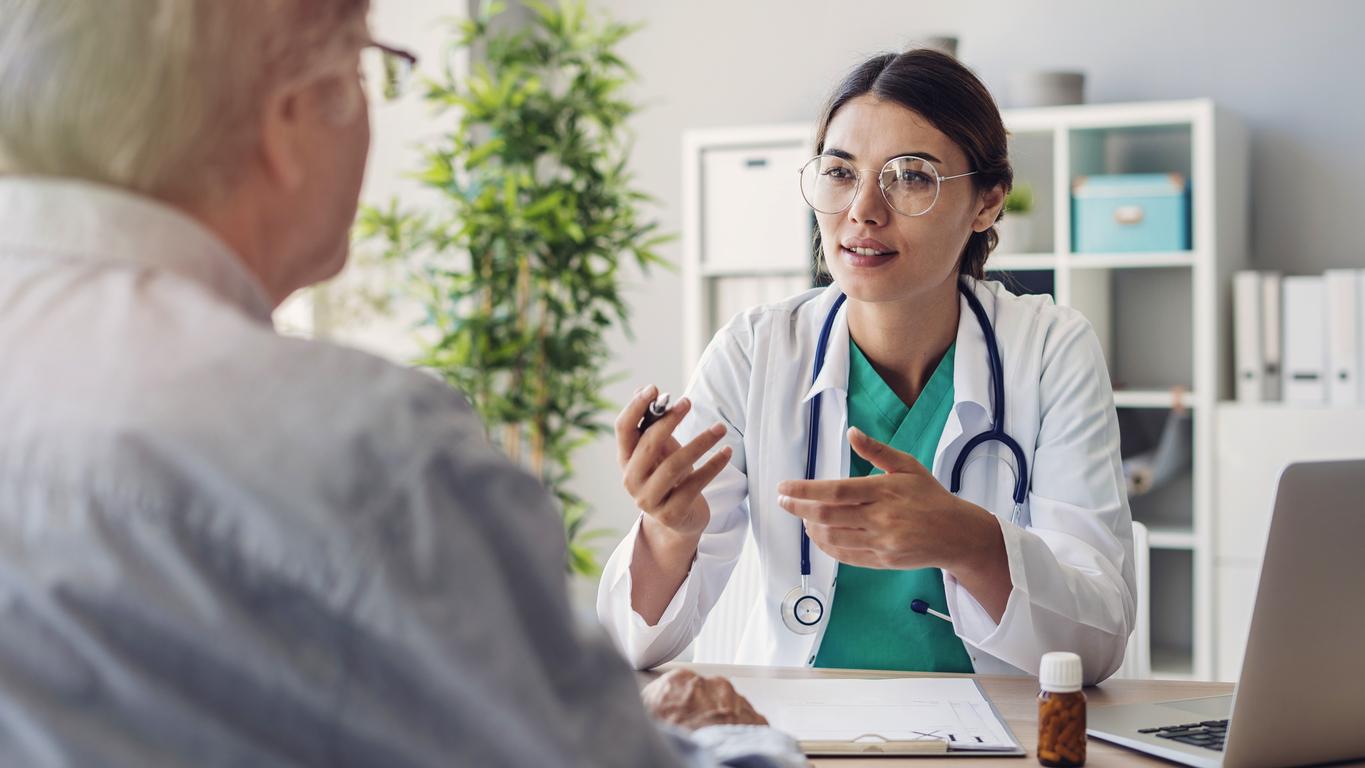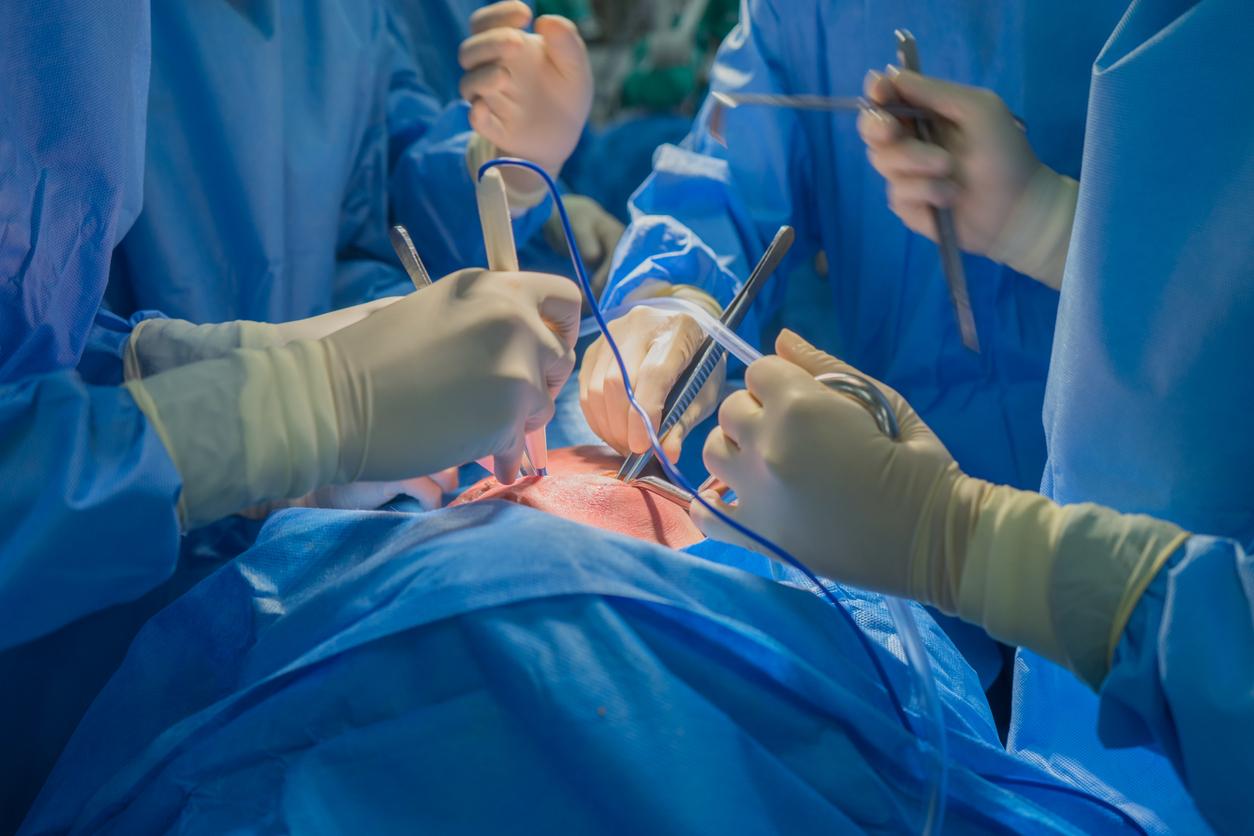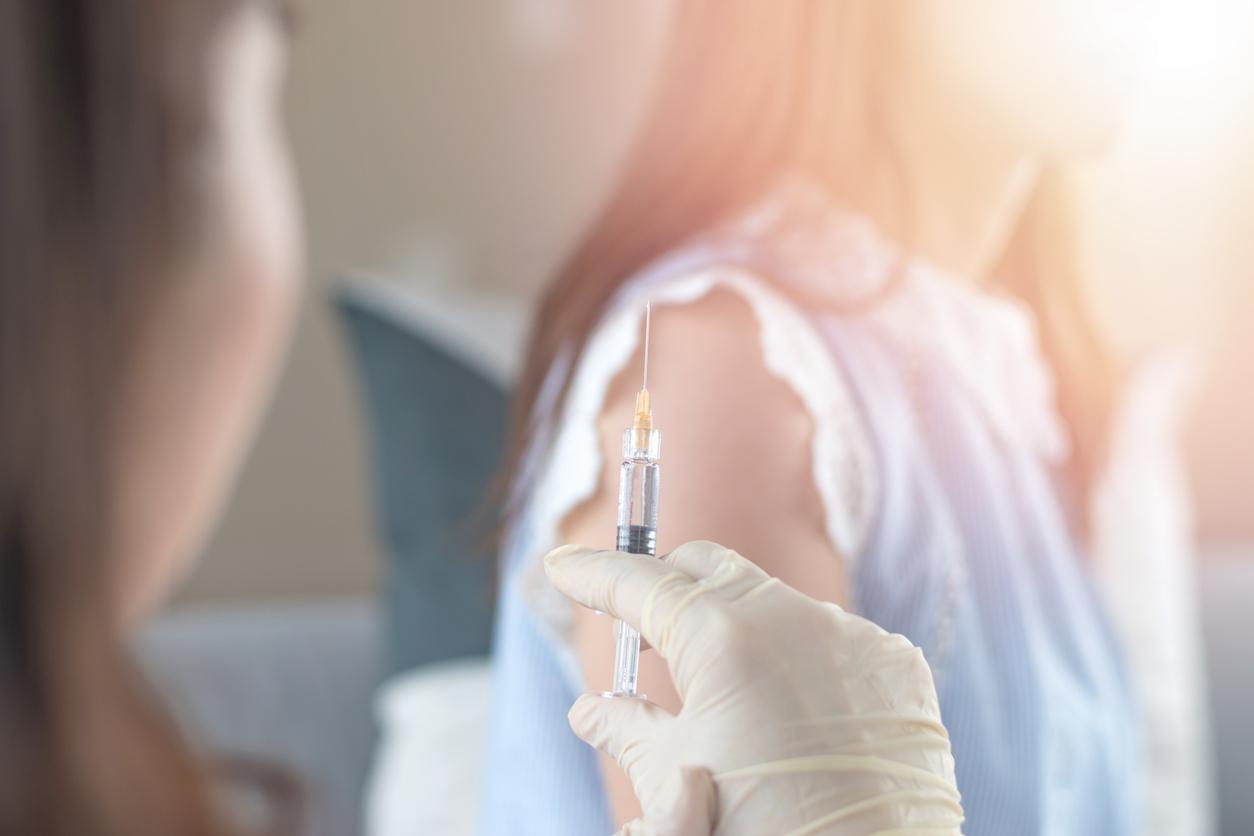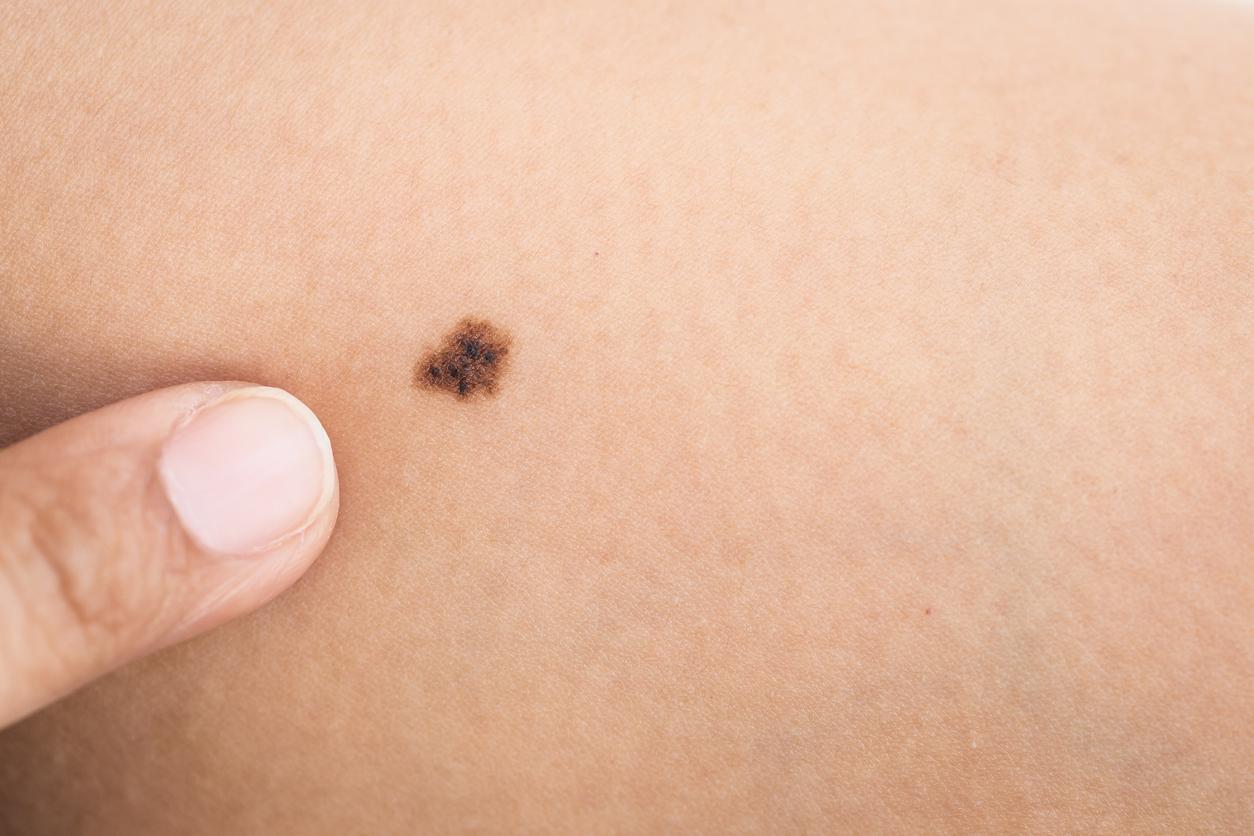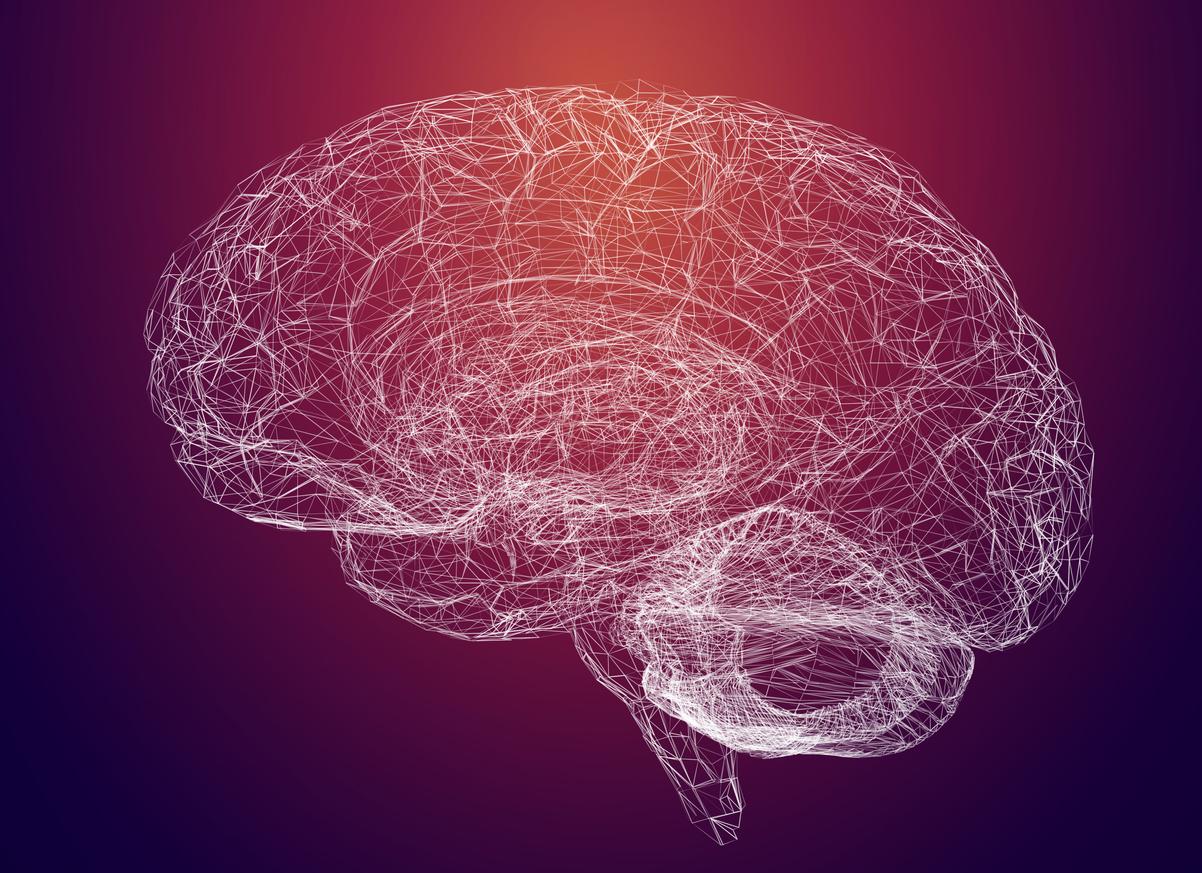Researchers have succeeded in “growing” a pair of testicles in the laboratory.
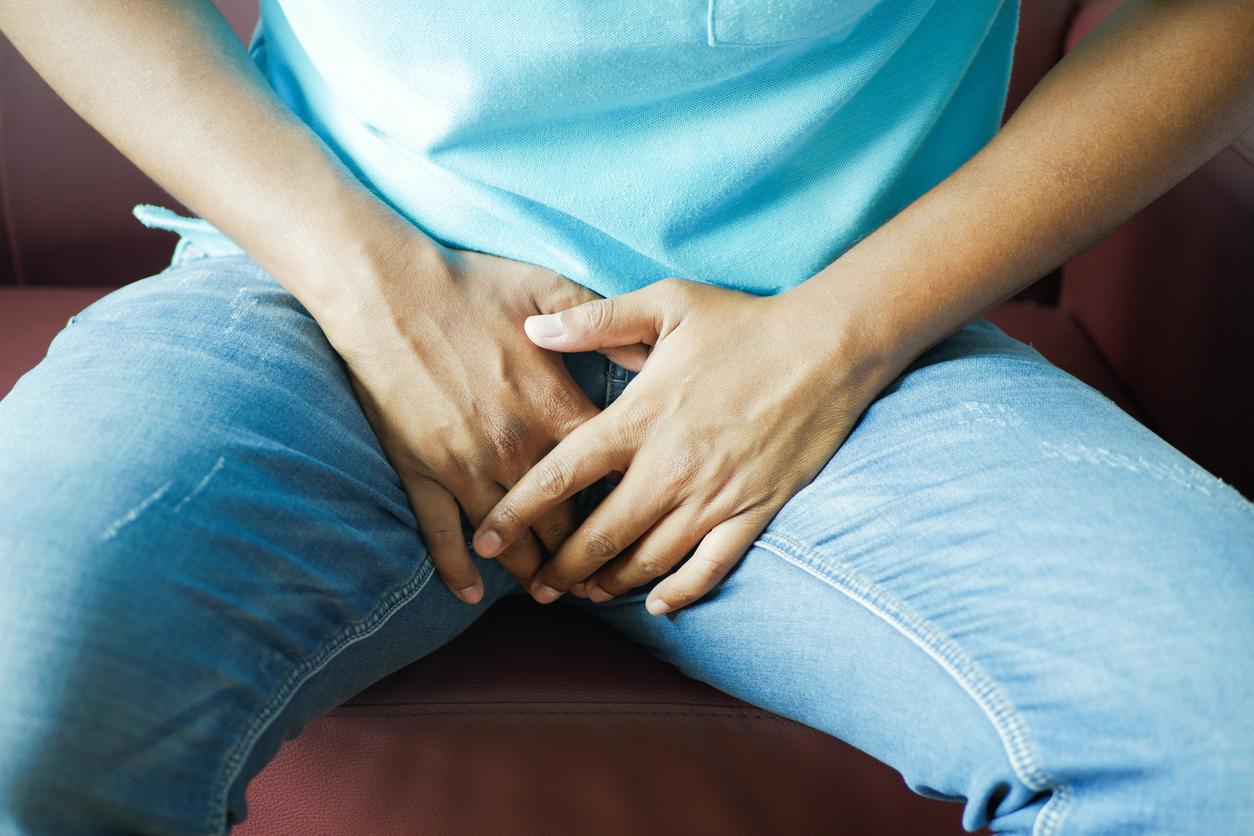
- Researchers have succeeded in “growing” a pair of testicles in the laboratory.
- Like other types of laboratory-grown organs, these artificial testicles were created to allow researchers to gain new knowledge.
- “If these organoids are able to completely mimic the functionality of adult testes, we expect that they will be capable of producing haploid sperm in vitro,” the study authors say.
For the first time, researchers have succeeded in “to grow” a pair of testicles in the laboratory. Created from testicular cells taken from baby mice, the artificial testicles quickly developed structures resembling those seen in nature and may even be capable of eventually producing sperm.
Why “grow” testicles in the laboratory?
Like other types of laboratory-grown organs – usually called “organoids” -, artificial testicles were created to allow researchers to acquire new knowledge on the development of these organs and the diseases associated with them. Until now, scientists had no in vitro basis for modeling the testicle.
“Artificial testes are a promising model for basic research into testicular development and function, which may translate into therapeutic applications for disorders of sexual development and infertility”explains Dr. Nitzan Gonen, author of the studyin a press release.
To create the laboratory testicles, his team placed mouse testicular cells in a culture medium specially formulated for this purpose. Within two days, the miniature organs developed structures and patterns of cellular organization mirroring those seen in real testicles.
The scientists kept the artificial testicles alive for nine weeks, during which the organoids grew well before disintegrating once their blood requirements became too great.
Testicles in the laboratory: towards sperm production?
The study authors paid particular attention to the development of Sertoli cells, which play a crucial role in sperm production. They found that the maturation of these cells over the nine-week period closely resembled that observed in living mice at the corresponding stages.
“In this study, we grew testicular organoids from mice, but it is very possible that similar parameters could be applied to generate testicular organoids from pre-pubescent boys,” write the researchers.
“If these organoids are able to completely mimic the functionality of adult testes, we expect that they will be able to produce haploid sperm in vitro,” indicate the authors of the study. “This ability could be revolutionary and allow infertile patients to obtain haploid sperm,” they conclude.










